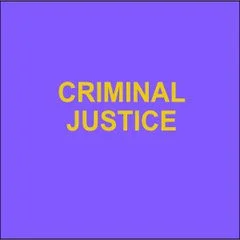By Lorinda Riley
his research report describes a collaboration between the University of Hawaii and Sisseton-Wahpeton Oyate Tribal Court. The research team sought to understand when and how tribal judges use restorative approaches in their cases, and they specifically hoped to look at the role of substance use and crime severity in the decision-making process of when to use restorative approaches. The report provides a summary of the research, including conceptualization and re-conceptualization prompted by legal changes and the Covid-19 pandemic, a statement of problem and research question, justice system background, research methodology, and findings; it details the process of collaboration; and provides author reflections on challenges experienced, lessons learned, and successes; and the appendices include supporting documents. The author describes how the research team developed the survey that would be used in the research study, including questions about the role of a tribal court in describing the strength of identification with restorative principles. Survey responses indicated that respondents self-rated their knowledge of traditionally appropriate behavior as a 7.2 and knowledge of modern-day behavior as 7.6 out of 10; respondents overwhelmingly believed that the Tribal Court should focus on “getting to the truth” and “making the perpetrator a productive member of society,” but were equally split about whether the court should “punish the offender” or “make the victim whole.” The author suggests that the results indicate the community has endorsed a desire for a restorative-focused tribal justice system. The author also noted the cultural differences and experiences of individuals living on reservation compared to those in the general population.
University of Hawaiʻi Mānoa: 2023. 64p.





















